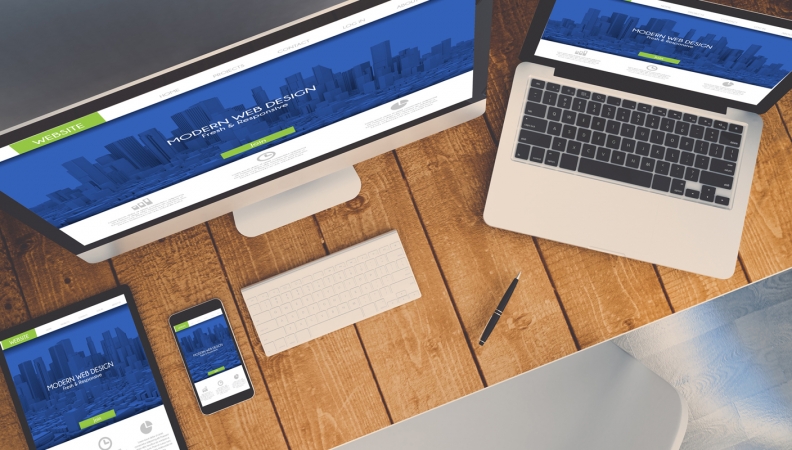Comprehensive Guide to Creating the Perfect B2B Website in 2017. We don’t need to remind you how crucial a company website is in 2017. In fact, 38% of online users will stop engaging with a website entirely if its content or design is unattractive, according to HubSpot. Step 1: Research Your Competitors’ Websites This stage can be executed internally or with your agency or developer. Most businesses opt for a content management system (CMS), and we typically recommend WordPress to all our website clients. Work closely with your agency or contractor to establish a development timeline, which will include: All the stages of website development from creative concept development and copywriting to development and testing Due dates for each milestone and those responsible for each next step in development Target date for launch (soft and hard launch dates, if applicable) It’s important to remember that each task is integral to the next, so skipping around in the process will backfire in the end. Here are a few site design best practices to consider when communicating your needs to a designer: Create a mobile-first site Use large, high-quality and preferably custom imagery Utilize a clean, semi-flat design to allow users to easily find what they’re looking for Use simple icons to communicate services and solutions Users can spot a templated look, so make sure your site looks unique and on-brand Step 5: Define the Site’s Structure Once the creative imagery is defined, finalize the layout of your website: Start with the sitemap: Define the structure, hierarchy and basic requirements of your website based on your stated objectives and brand strategy. Make sure your site is built logically, to help visitors can’t find what they’re looking for, your search rankings will suffer. Achieve this by aligning all content with your established brand strategy. Step 7: Develop & Launch After design and copy approvals, the coding process begins.

We don’t need to remind you how crucial a company website is in 2017. Most interactions with your company will happen online and just as in person, first impressions are everything.
In fact, 38% of online users will stop engaging with a website entirely if its content or design is unattractive, according to HubSpot. B2B websites are no exception, with 40% of smartphone and tablet owners using their devices to search for B2B products.
For most small to mid-size businesses, the web development world is uncharted territory. So once you’ve hired an agency or outside contractor, use this comprehensive guide as a starting point for your project planning.
Step 1: Research Your Competitors’ Websites
This stage can be executed internally or with your agency or developer. Here are a few tips on the competitive research process:
- It’s best to examine comparable company websites as well as indirect competitors’ for inspiration
- Compare features across all competitors: What works? What doesn’t?
- Seek new trends to stay competitive and look outside of your industry for a unique perspective
Step 2: Choose a Website Host
Before you can begin producing your perfect B2B website, you need to select the right host to house your new site structure.
Most businesses opt for a content management system (CMS), and we typically recommend WordPress to all our website clients. WordPress is a popular, easy-to-use CMS platform and offers online forums to help its users solve issues without the expense of an on-site developer.
But the real beauty of WordPress lies in its fully customizable nature. With the use of various plugins, you can easily make a website your own.
Step 3: Create a Complete Timeline
Collaboration and communication is key in building a successful website. Work closely with your agency or contractor to establish a development timeline, which will include:
- All the stages of website development from creative concept development and copywriting to development and testing
- Due dates for each milestone and those responsible for each next step in development
- Target date for launch (soft and hard launch dates, if applicable)
It’s important to remember that each task is integral to the next, so skipping around in the process will backfire in the end. Stick to the timeline by delivering timely, consolidated feedback to avoid lost revisions.
Step 4: Discuss & Approve Designs
…

COMMENTS